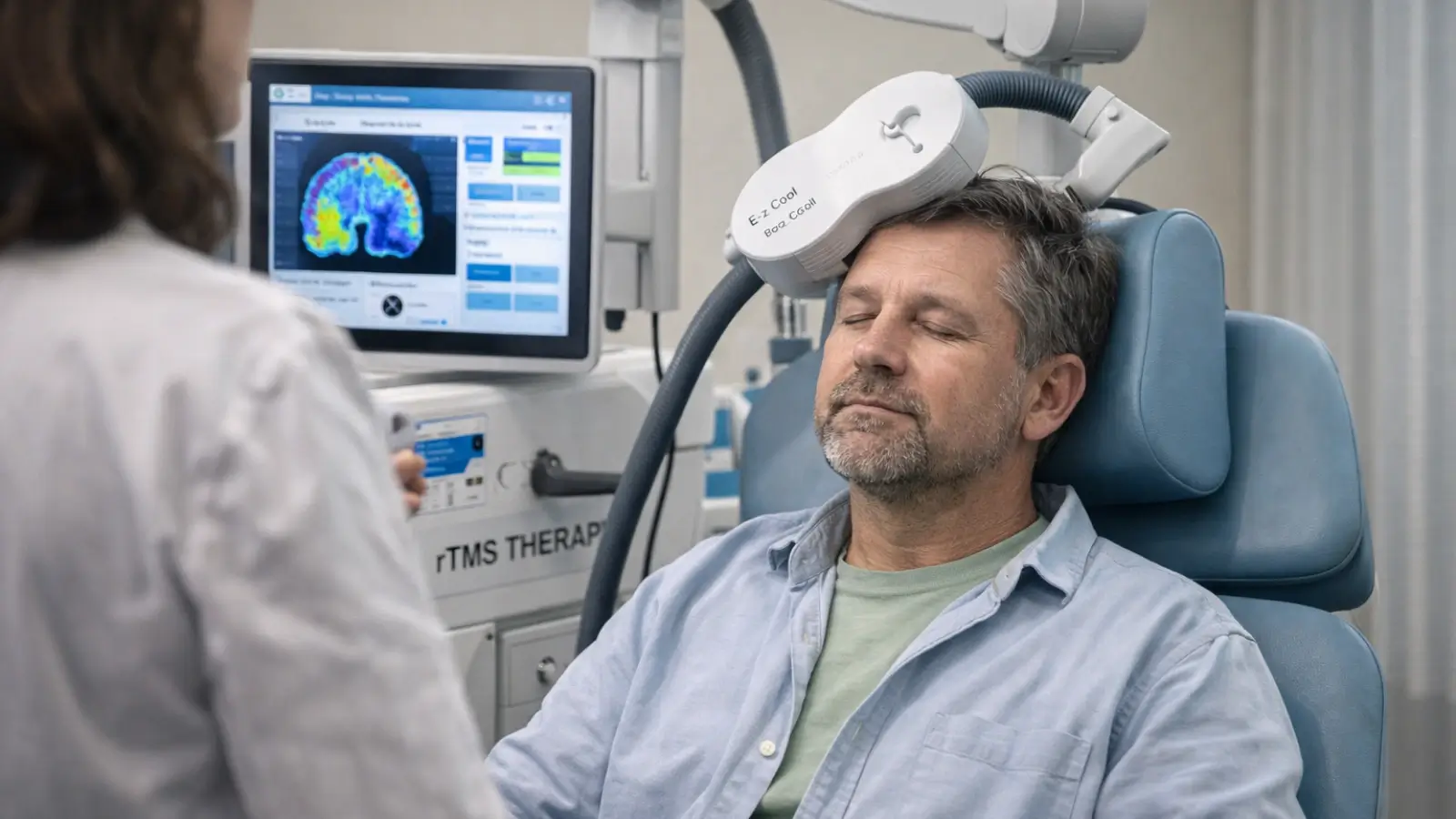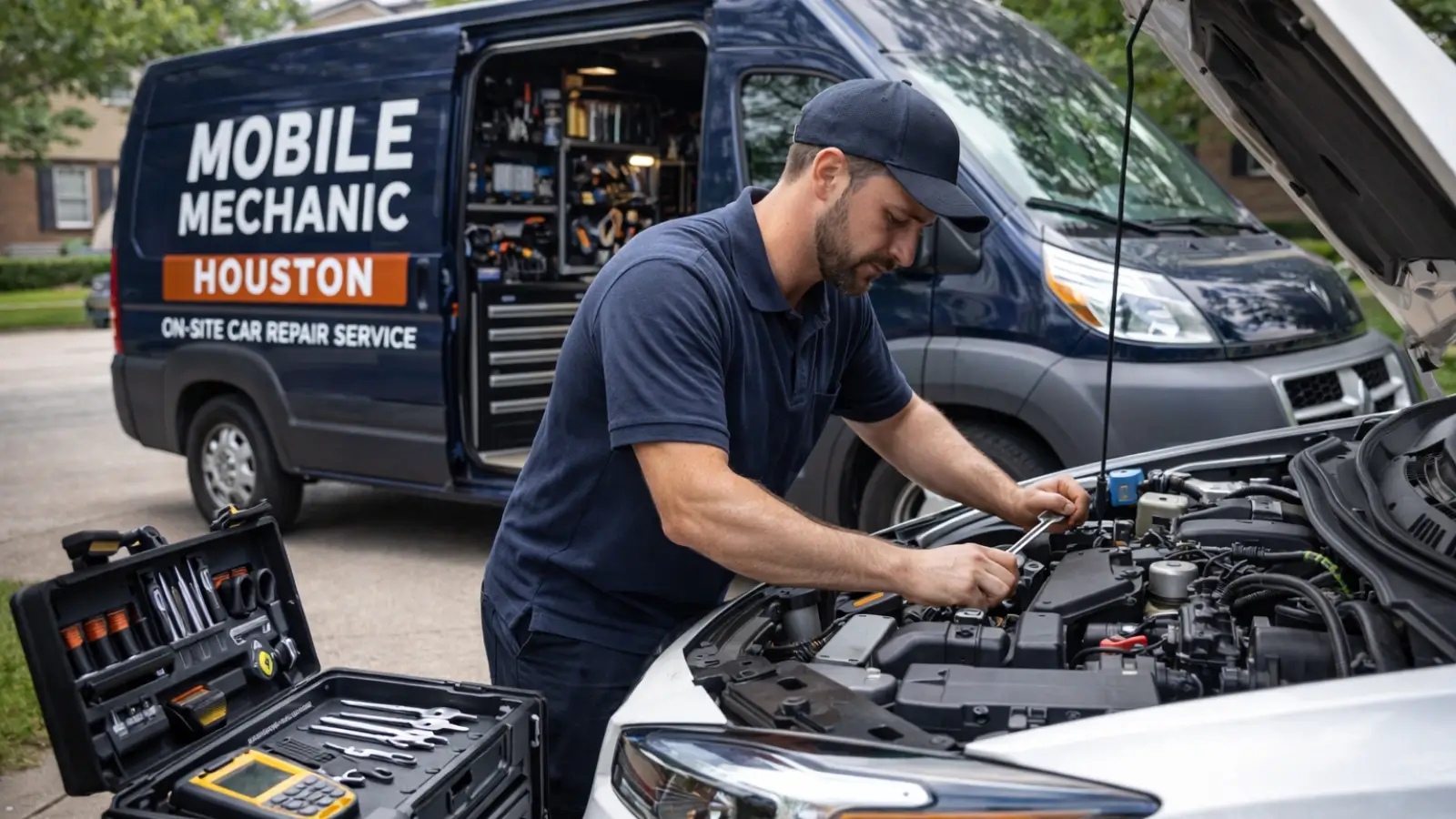Road safety remains a paramount concern as we advance into an era where vehicular mobility continues to surge. With the increasing number of vehicles on the streets, the potential for road accidents escalates, thereby reinforcing the urgent need for comprehensive road safety measures. In this context, a safe driving program stands out as an essential component in navigating towards safety and fostering a culture of responsible driving.
Understanding the Importance of Safe Driving Programs
Safe driving programs are structured interventions designed to educate and encourage drivers to adopt safer driving practices. These programs cater to drivers of various experience levels and age groups, addressing the myriad challenges presented on the road. They are not merely a set of guidelines but a holistic approach combining education, skill enhancement, and behavioral change techniques.
The significance of such programs cannot be overstated. By participating in a safe driving program, drivers become familiar with the latest road safety laws, vehicle maintenance requirements, and the consequences of unsafe driving habits. As a result, they are better equipped to handle their vehicles and anticipate potential hazards, reducing the likelihood of accidents.
The Role of Education in Road Safety
At the heart of every safe driving program is a strong educational foundation. Understanding traffic rules, vehicle dynamics, and the critical nature of split-second decisions can save lives. Informed drivers can make responsible choices, like abstaining from driving under the influence and recognising when fatigue might impair their abilities.
Moreover, education extends to learning about the safety features of modern vehicles. From anti-lock braking systems to advanced driver-assistance systems, familiarity with these technologies allows individuals to use them effectively, adding another layer of safety to their driving skills.
Driving Skills Enhancement
It's not only novice drivers who stand to benefit from a safe driving program. Even experienced drivers need regular skill refreshers. Defensive driving techniques—such as maintaining proper following distances, understanding the right-of-way, and being aware of blind spots—are all critical skills that can degrade over time without practice and reinforcement.
Programs often include practical, hands-on experience that challenges drivers to hone their abilities in controlled environments. This can be particularly valuable for preparing individuals to react appropriately under adverse conditions such as wet or icy roads.
Behavioral Change for Safer Roads
Changing driver behavior is arguably the most challenging aspect of enhancing road safety. However, it is also the most critical. A safe driving program can serve as a catalyst for altering long-entrenched habits, such as speeding, aggressive driving, or distracted driving.
These programs often use a combination of motivation, accountability measures, and incentives to encourage safer driving habits. For instance, some programs tie successful completion to insurance discounts, giving drivers a financial incentive to participate and implement what they have learned.
Supporting the Community Through Safe Driving Advocacy
Safe driving programs do not operate in isolation; they are also part of a larger community effort to improve road safety. By partnering with local schools, businesses, and government entities, these programs help create a network of safety advocates. Community engagement helps spread the message about the importance of road safety, potentially reaching drivers who may not otherwise have considered enrolling in a formal program.
Additionally, public endorsements from community leaders and influencers can amplify the reach of such programs, encouraging widespread participation and reinforcing the societal norms around safe driving practices.
The Corporate Angle: Establishing a Workplace Safe Driving Culture
Corporations have a duty of care to their employees, especially those who drive for work purposes. Implementing a corporate safe driving program can dramatically reduce the risk of accidents involving employees, thereby protecting both human resources and the company’s reputation.
Such programs often include policy development, vehicle tracking systems to monitor driving behavior, and regular training sessions. They prioritise safety as a core company value and ensure compliance with occupational health and safety regulations.
Technological Integration in Driving Programs
The infusion of technology into safe driving programs offers new dimensions of interactivity and personalisation. From virtual reality driving simulators that replicate challenging driving conditions to mobile apps that monitor driving patterns, technology can reinforce the concepts taught in driving courses and provide real-time feedback for continuous improvement.
As cars themselves become more connected, there are also opportunities to integrate car telematics with safe driving programs, allowing for monitoring and analysis of driver behavior with the potential to tailor programs to address specific areas where an individual may be struggling.
Measuring the Success of Safe Driving Programs
The effectiveness of safe driving programs can be gauged by reviewing traffic accident rates, insurance claim statistics, and feedback from program participants. Success is often seen in the form of reduced accidents and violations, but also in the subjective experiences of drivers who report feeling more confident and in control behind the wheel.
Moreover, longitudinal studies can track participants over time to see if the safety behaviors acquired during the program are maintained in the long run. This can be particularly informative for refining program content and delivery methods to ensure they remain relevant and impactful.
The Road Ahead
In summary, as we progress towards an increasingly mobile society, the adoption of a safe driving program becomes an indispensable strategy in the pursuit of road safety. From individual education and skill development to community advocacy and corporate responsibility, these programs offer a multifaceted approach to reducing road accidents and cultivating a culture of safety-conscious drivers.
Ultimately, safe driving programs are not just about teaching rules or honing reactions; they're about transforming the way we think about our journey on the road. It's a commitment to safety that benefits everyone – drivers, passengers, pedestrians, and the community at large. Embracing a safe driving program is an investment in preserving lives and ensuring that every journey, no matter how short or long, is navigated with the utmost care and responsibility.

















